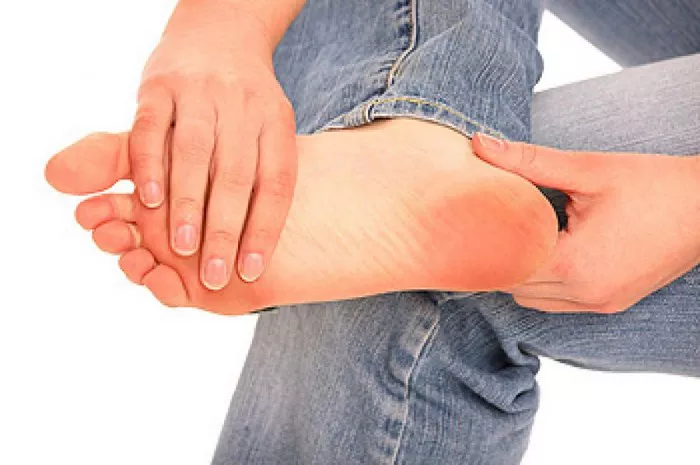Ringworm is a common fungal infection that can affect various parts of the body, including the face. Despite its name, it is not caused by a worm. Instead, it is due to a group of fungi called dermatophytes. This article will guide you through the best medicines for treating ringworm on the face, along with other important information you need to know.
Understanding Ringworm
What is Ringworm?
Ringworm is a skin infection characterized by circular, red, and itchy patches. It can appear anywhere on the body but is most common on the scalp, body, and face. When it occurs on the face, it is known as tinea faciei.
Causes of Ringworm
The main cause of ringworm is a fungal infection. The fungi thrive in warm, moist environments. Common causes include:
Direct contact: Touching infected skin or objects like towels, clothing, or bedding.
Animals: Pets, especially cats and dogs, can transmit ringworm.
Public places: Shared showers, pools, and gyms can also be hotspots for infection.
Symptoms of Ringworm on the Face
Symptoms can vary but generally include:
Red, circular patches: These are often raised with clear centers.
Itching: The affected area may be very itchy.
Scaly skin: The skin around the patches may become flaky or scaly.
Hair loss: In some cases, hair loss may occur if the infection affects the hair follicles.
Diagnosis of Ringworm
If you suspect you have ringworm, it is important to see a healthcare provider for diagnosis. They may perform a physical examination and, in some cases, a skin scraping to identify the fungus under a microscope.
Best Medicines for Ringworm on Face
1. Topical Antifungal Creams
Topical antifungal creams are usually the first line of treatment for ringworm. They are applied directly to the affected area.
Common Topical Antifungals:
- Clotrimazole: Often available as a cream or lotion. It works by stopping the growth of fungi.
- Miconazole: Another effective option that is easy to apply and available over-the-counter.
- Terbinafine: This is a stronger antifungal that can be used for more severe cases.
- Ketoconazole: This is used for various fungal infections and may be recommended by a doctor.
Application Tips:
- Clean the affected area with mild soap and water.
- Apply a thin layer of the cream and rub it in gently.
- Wash your hands after application to avoid spreading the infection.
2. Oral Antifungal Medications
In more severe cases, oral antifungal medications may be necessary. These are prescription medications that work throughout the body.
Common Oral Antifungals:
- Griseofulvin: Often used for extensive infections, it helps clear the fungus from the skin over time.
- Fluconazole: This can be effective for stubborn infections and is generally well-tolerated.
- Itraconazole: Another option that is often used for more complicated cases.
Dosage and Duration:
Oral antifungal medications usually require a prescription. The duration of treatment can vary but typically lasts from a few weeks to several months, depending on the severity of the infection.
3. Natural Remedies
Some people prefer natural remedies alongside or instead of conventional medicines. While evidence may be limited, these options are often considered safe.
Common Natural Remedies:
- Tea Tree Oil: Known for its antifungal properties. Dilute it with a carrier oil and apply it to the affected area.
- Coconut Oil: Contains lauric acid, which has antifungal effects. It can be applied directly to the skin.
- Apple Cider Vinegar: May help balance skin pH and inhibit fungal growth. Dilute it with water before applying.
Note: Always perform a patch test before trying a new remedy to avoid allergic reactions.
Preventing Ringworm Recurrence
Once you have treated ringworm, it is important to take steps to prevent recurrence.
1. Maintain Hygiene
Wash your hands: Regular hand washing can help reduce the risk of infection.
Keep skin dry: Fungi thrive in moist environments. Ensure your skin is dry, especially in folds and creases.
2. Avoid Sharing Personal Items
Towels and linens: Do not share personal items like towels, sheets, or clothing to prevent transmission.
Personal grooming tools: Avoid sharing combs, brushes, or razors.
3. Manage Pets
If you have pets, ensure they are regularly checked for ringworm. If a pet is infected, it is essential to treat them to prevent spreading the infection to humans.
When to See a Doctor
If you notice the following, seek medical advice:
Symptoms worsen: If the condition does not improve with over-the-counter treatments.
Severe itching or pain: This could indicate a secondary infection or an allergic reaction.
Persistent lesions: If the lesions spread or do not heal after treatment.
Conclusion
Ringworm on the face can be uncomfortable and distressing, but effective treatments are available. Topical antifungal creams are typically the first choice, while oral medications may be necessary for more severe cases. Additionally, natural remedies can complement traditional treatments.
Preventing recurrence through proper hygiene and care is crucial. If symptoms persist or worsen, consult a healthcare provider for further evaluation and treatment options.
With the right approach, you can effectively manage and overcome ringworm on the face.
Related topics:



























